An energy-efficient smart home isn't just about filling your house with cool gadgets. It's about creating an intelligent ecosystem where your thermostat, lights, and appliances all talk to each other to cut waste. You don’t even have to think about it.
It's a system designed to work behind the scenes, making your life easier while saving you money.
Why a Smart Home Is Your Best Bet for Energy Savings
Picture this: you head out for the day, and your house automatically lowers the heat. As the sun goes down, the lights inside dim to the perfect level. This is the real power of an energy-efficient smart home—it anticipates what's needed and acts on its own.
This is a practical, modern way to tackle those stubbornly high utility bills and shrink your carbon footprint. The whole idea is to use technology to automate the dozens of tiny adjustments we're supposed to make every day. Those little things really add up.
And we're not talking about chasing complicated, flashy tech. It’s about making smart, focused investments in devices that solve actual energy problems. I've seen homeowners save 30-40% on their energy bills, and the key is always the same: they moved beyond flipping switches manually and let the home manage itself.
The Foundation of Smart Savings
Building this kind of automated efficiency comes down to a few core principles. Think of these as the pillars that make your home smarter and more in tune with how you actually live.
- Automation and Scheduling: This is where you set the rules. You can program your lights to turn off at midnight or tell your thermostat to dial things back while you're at work. It's a set-it-and-forget-it approach.
- Remote Control: Being able to manage your home from anywhere with a smartphone app is a game-changer. Ever leave for vacation and wonder if you turned off the AC? Now you can check—and fix it—from the airport, saving a week's worth of wasted energy.
- Data and Insights: Smart systems give you the real story on your energy use. You can finally see exactly where your money is going each month and pinpoint new ways to save that you would have never noticed otherwise.
The real magic happens when you integrate devices into a single, cohesive system. When your motion sensors, lights, and thermostat can communicate, your home starts making intelligent decisions on its own—like turning off the lights in an empty room or pausing the heat when a window is left open.
A Growing Trend for Good Reason
The push for smarter, more efficient homes isn't just a niche hobby anymore; it’s a global movement. People want convenience, but they also care about sustainability, and the smart home market is booming as a result.
The global market was valued at around USD 216.3 billion in 2025, and it's expected to skyrocket to USD 489.2 billion by 2035. That kind of growth shows that people understand this technology offers a real return on their investment. You can explore more data on the smart home market growth to see just how big this trend has become.
Let's get started. This guide will be your roadmap to transforming your house into a responsive, cost-effective, and truly energy-efficient smart home.
Pinpointing Energy Waste with a DIY Home Audit
If you want to create a genuinely energy-efficient smart home, you have to start by playing detective. Before you even think about buying new tech, your first job is to figure out where your home is bleeding the most energy. A simple do-it-yourself audit is the perfect way to begin, giving you a clear, data-backed plan of attack.
This isn't about getting bogged down in complex calculations; it's about sharp observation. The goal is to spot your home's unique energy-wasting habits. That way, you can pick smart devices that offer real solutions, not just generic, one-size-fits-all fixes.

Unmasking Energy Vampires
Lots of devices around your house are silently draining power even when they're supposedly "off." It’s often called standby power or "vampire load," and it can sneakily add up to 10% of your total household electricity use. That entertainment center with the game console, TV, and soundbar? A classic culprit.
To hunt down these vampires, you just need a simple tool: a plug-in energy monitor. These gadgets are cheap and incredibly useful, measuring the real-time electricity consumption of anything you plug into them.
Spend a few days moving the monitor from one appliance to another. Make sure you check these common offenders:
- Entertainment hubs: TVs, gaming systems, and cable boxes are notorious for this.
- Home office gear: Computers, monitors, and printers often sit in standby mode for hours.
- Kitchen appliances: Even things like coffee makers and microwaves are constantly pulling a small bit of power.
As you go, jot down the standby wattage for each device. I guarantee you'll be surprised by which ones are the biggest secret energy hogs. This little list will become your treasure map for where to deploy smart plugs later on.
Decoding Your Utility Bills
Your monthly utility bills are more than just a request for money—they're a goldmine of data. Stop just looking at the total due. It’s time to dig in and really look at your usage trends over the last year.
Hunt for the spikes in electricity or gas use. Does your bill shoot through the roof every summer? That’s your air conditioning system waving a giant red flag. Do heating costs get out of control in the winter? That tells you to focus on your furnace and your home’s insulation.
Comparing your energy use month-to-month and year-over-year helps you isolate the biggest seasonal money pits. This simple analysis is key for prioritizing your smart home investments—it tells you whether to start with a smart thermostat or smart lighting to get the biggest bang for your buck.
A Quick Physical Inspection Checklist
Finally, it’s time to walk around your home with a critical eye. Smart tech can only do so much if your house itself is working against you. A smart thermostat, for instance, can't work its magic if heat is constantly seeping out through drafty windows. For a deeper dive, you can learn more about this by reviewing some essential tips on how to make your home energy efficient in our detailed guide.
Use this quick checklist to spot common problem areas:
- Hunt for Drafts: On a breezy day, light an incense stick and hold it near windows and exterior doors. If you see the smoke waver, you’ve found an air leak. Sealing it with caulk or weatherstripping is a cheap and easy fix.
- Inspect Insulation: Pop your head into the attic. Is the insulation level and evenly spread out, or can you see the ceiling joists? Not having enough insulation is a huge source of heat loss in the winter and heat gain in the summer.
- Examine Window Panes: Take a look at your windows. Are they single-pane? While it's a bigger investment, upgrading to double- or even triple-pane windows can make a massive difference in your home's comfort and energy bills.
Once you’ve finished this DIY audit, you'll have a serious advantage. Instead of just guessing, you’ll have a clear, personalized blueprint. You'll know exactly how to build an energy-efficient smart home that targets your specific needs, ensuring every dollar you invest delivers the biggest possible impact.
Choosing The Right Smart Devices For The Biggest Savings
Okay, you've done the hard part. With your home energy audit finished, you've got a personalized roadmap that points directly to your biggest energy wasters. Now for the fun part: picking the smart devices that will make the biggest dent in your utility bills.
This isn't about loading up on every gadget you can find. It’s about making smart, strategic choices based on what you learned about your own home's consumption habits.

We're going to cut through the marketing hype and focus on the features that actually save you money. By targeting your home’s specific weak spots first, you'll feel the impact on your wallet almost immediately.
Smart Thermostats: The Cornerstone Of Home Efficiency
For the vast majority of homes, the heating and cooling system is the undisputed king of energy use, often gobbling up nearly half of the entire utility bill. This makes a smart thermostat the single most powerful upgrade you can make. It's the absolute cornerstone of an energy-efficient smart home.
What makes a smart thermostat so effective isn't just scheduling—it's the learning algorithms. It actively learns your family's comings and goings and adjusts the temperature automatically. Did everyone leave for the day? It'll dial back the HVAC without you having to do a thing. Many models even use your phone's location (geofencing) to start warming or cooling the house as you head home.
These intelligent tweaks can slash your heating and cooling costs by 10% to 15% annually. For most people, that means the thermostat pays for itself in a year or two.
Smart Lighting: Illuminating Real Savings
Your audit probably highlighted how much electricity is wasted by lighting—whether it’s old, inefficient bulbs or just lights left on in empty rooms. Smart lighting tackles this problem from two different angles.
You have a couple of solid options here:
- Smart Bulbs: These are perfect for targeting specific fixtures, like bedside lamps or a single overhead light. You can control them individually from your phone, and features like dimming not only save power but also let you create the perfect ambiance.
- Smart Switches: This is my go-to for rooms with lots of lights, like a kitchen or living room. You replace the standard wall switch, and suddenly every light connected to it becomes "smart." It's an incredibly efficient way to upgrade a whole area at once.
No matter which route you take, the real power comes from automation. You can schedule every light in the house to turn off at bedtime or have your outdoor lights automatically turn on at sunset and off at sunrise. It’s effortless control that puts a stop to wasted energy.
My Personal Tip: Use smart switches for high-traffic areas with multiple light fixtures (kitchens, living rooms) and reserve smart bulbs for individual lamps. This gives you the best of both worlds without breaking the bank.
Smart Plugs: Taming The Energy Vampires
Remember those "energy vampires" you found during your audit? The TV, sound system, game console, and kitchen gadgets that are always sipping power, even when they're turned off? Smart plugs are the stake to the heart for these phantom loads.
These brilliantly simple devices go between the appliance and the wall outlet, giving you the power to completely kill the power on a schedule or with a quick tap on your phone.
A fantastic move is to put your entire entertainment center on a smart power strip. You can then create a single rule to shut everything down completely while you're asleep, stopping that slow, wasteful drain of electricity cold.
Smart Device Comparison for Energy Savings
To help you decide where to start, here’s a quick rundown of the most common energy-saving devices. Think of this as your priority list for making the biggest impact with your budget.
| Device Type | Primary Energy-Saving Function | Average Cost Range | Estimated Annual Savings |
|---|---|---|---|
| Smart Thermostat | Learns your schedule and optimizes heating/cooling. | $100 – $250 | $100 – $150 |
| Smart Lighting | Automates schedules, dims lights, and turns them off when not in use. | $10 – $50 per bulb/switch | $50 – $100 |
| Smart Plugs | Cuts power to "vampire" devices on standby. | $10 – $25 per plug | $25 – $75 |
| Smart Blinds/Shades | Automates window coverings to manage solar heat gain. | $150 – $500 per window | $40 – $90 |
As you can see, starting with a smart thermostat offers the most significant return, but smart plugs and lighting are affordable ways to chip away at waste throughout your home.
The Right Hub: Making Everything Work Together
Finally, as you start buying devices, you have to consider how they'll all communicate. A truly smart home isn’t just a bunch of disconnected gadgets; it's a seamless, integrated system. This is where communication protocols come in.
Here’s a quick primer on the main players:
- Wi-Fi: Connects directly to your home router. It's simple and easy for a few devices, but can clog up your network if you add too many.
- Zigbee: Creates its own "mesh" network where devices can pass signals to each other. This makes it incredibly reliable and great for larger homes where your Wi-Fi might not reach every corner.
- Z-Wave: Another mesh network protocol, known for being extremely reliable with very low interference from other wireless signals. It's a favorite for security devices for this reason.
A lot of people start out with Wi-Fi-based devices because they're so straightforward, but I usually recommend investing in a dedicated smart home hub that can speak multiple languages, like Zigbee and Z-Wave. The hub acts as a central translator, making sure your Philips Hue lights (Zigbee) can talk to your Ring security system (Z-Wave) without any issues.
Taking a moment to check out a good smart home hub comparison can save you a world of compatibility headaches later on. Choosing the right "brain" for your system is a crucial step you won't regret.
Automating Your Home for Effortless Efficiency
Having a box full of smart devices is one thing, but making them work together is where the real magic happens. The true power of an energy-efficient smart home isn't in the gadgets themselves, but in automation. This is how you get your individual devices to team up and create a smart ecosystem that saves energy without you lifting a finger.
Think of it as shifting from manual control to autopilot. Instead of constantly fiddling with the thermostat or running around turning off lights, you create simple rules that let your home manage its own energy use. The goal is to make saving energy an invisible, effortless background process that just happens.
Building Your First Automation Scenes
Most smart home platforms you’re likely using—like Amazon Alexa, Google Home, or Apple HomeKit—handle automation through what they call "scenes" or "routines." These are just pre-set bundles of actions that kick off with a single command, at a certain time, or when a sensor detects something.
Let’s look at a couple of real-world examples that you can set up right now for some quick wins on your energy bill.
The "Leaving Home" Routine
This one is my personal favorite and probably the most impactful automation you can create. It’s a simple routine that fires up the moment the last person walks out the door, preventing hours of wasted energy every single day.
- Trigger: You can set this off with a simple voice command ("Hey Google, I'm leaving") or, even better, have it happen automatically when your phone's location leaves a set radius around your house (this is called geofencing).
- Actions:
- Thermostat: Automatically adjusts to an energy-saving temperature. Maybe a few degrees warmer in the summer or cooler in the winter.
- Lights: Kills all the smart lights and switches in the house. No more wondering if you left the basement light on.
- Smart Plugs: Cuts power to energy vampires like your TV, gaming consoles, and computer setup, which silently drain power even when they're "off."
This single routine ensures your home goes into a low-power mode every time it’s empty—a task that's almost impossible to get right 100% of the time manually.
The "Good Night" Scene
A bedtime routine is another fantastic way to trim overnight energy waste while also adding a bit of comfort and convenience to your evening.
- Trigger: Can be a voice command ("Alexa, good night") or scheduled to run at the same time every night, say 11:00 PM.
- Actions:
- Lighting: Dims the bedroom lights down and shuts off every other light in the house.
- Thermostat: Nudges the temperature to a comfortable sleeping level, which is often cooler than your daytime setting.
- Smart Plugs: Powers down electronics in the living room and other common areas.
Not only does this save electricity, but it also helps create a consistent, relaxing ritual to wind down your day.
The image below gives you a bird's-eye view of how this all comes together, from initial planning to ongoing tweaking.

As you can see, the path to a truly efficient smart home starts with understanding your usage and ends with a system that you continuously refine over time.
Using Sensors for Dynamic Automation
Scheduled routines are great, but sensor-based automations are what make your home feel truly alive and responsive. These rules don't just follow a clock; they react to what's actually happening in your home in real-time, giving you a much smarter level of energy management.
On average, a smart home that uses integrated automation can cut its energy consumption by 30-40%. The secret is moving beyond basic schedules and letting your system make decisions based on real-world conditions.
Here are a few powerful ideas driven by sensors:
- Contact Sensors on Windows: Slap a small contact sensor on a window or your back patio door. You can then create a rule that automatically shuts off your HVAC system if that window is left open for more than five minutes. It’s a simple fix that stops your AC or heater from pointlessly trying to cool or heat the great outdoors.
- Motion Sensors for Lighting: These are a must-have for places like hallways, laundry rooms, and bathrooms where lights are often left on by accident. A motion sensor can turn the lights on when you walk in and—more importantly—turn them off after a few minutes of inactivity. It's a foolproof way to prevent wasted electricity.
Take a look at the automation editor below. It shows how platforms like Home Assistant let you build these "if this, then that" rules visually.

Modern systems have made this incredibly accessible. You can define triggers (like motion being detected) and actions (like turning on a light) using simple dropdown menus.
Of course, for all this to work seamlessly, your devices need to be able to talk to each other reliably. To get that right, you’ll want to learn more about choosing the right smart home protocol for your setup. By building these smart rules, you transform your home from a passive collection of walls and wires into an active partner in managing its own energy use.
Tracking Your Savings and Fine-Tuning Your System
You've set up the smart thermostat, automated the lights, and put those sneaky energy vampires on smart plugs. Now for the real test: Is it actually saving you money? The final, and most critical, step is closing the loop. It’s time to use real data to measure your success and tweak your system for even better results.
This is where we move beyond hoping for the best and start looking at the hard numbers. By actually tracking your energy use, you can prove the return on your investment and often uncover new ways to save that you might have missed completely.

Digging into App Analytics
Think of your smart home apps as more than just remote controls—they're powerful little dashboards packed with data. Most quality smart device apps, from your thermostat to your smart plugs, provide detailed reports on energy consumption and how long a device has been running.
Take some time to explore these reports. For instance, your smart thermostat app can show you exactly how many hours your HVAC system ran each day. You can compare this week-over-week to see if your new "Away" schedule is really making a difference. Many smart plug apps will even estimate the monthly running cost of whatever is plugged into them, instantly showing you which gadgets are the true power hogs.
This granular data is your first clue for spotting trends. You might realize your living room lights are on for a lot longer than you thought, which could prompt a new automation to shut them off after 10 PM.
The Art of Comparing Utility Bills
While app data gives you a close-up view, your utility bill paints the big picture. But be careful—a simple before-and-after comparison can be misleading. A surprisingly mild winter or a cool summer can make it look like you’ve saved more than you really have.
To get a true reading, you have to account for these variables. Here’s a much more reliable way to do it:
- Look at Year-Over-Year Data: Compare your bill from this May to last May. This simple step helps normalize for predictable seasonal weather patterns.
- Factor in Weather: Many utility companies include metrics like "heating degree days" or "cooling degree days" right on their reports. This tells you if a month was unusually hot or cold compared to the same month last year. If this July was 10% hotter than last July but your bill only went up 2%, that’s a clear win for your smart home setup.
- Calculate Your Savings: Once you’ve adjusted for those outside factors, you can calculate a real percentage for your savings. This number gives you a genuine sense of your return on investment.
A simple spreadsheet is your best friend here. I always recommend tracking your monthly kilowatt-hour (kWh) usage alongside the average monthly temperature. Seeing that usage trendline finally start to dip, even as life goes on as normal, is incredibly motivating.
Leveling Up with Whole-Home Energy Monitors
For anyone who really wants the ultimate level of insight, a whole-home energy monitor is the final frontier. These devices are installed directly into your home's electrical panel and give you a real-time, circuit-by-circuit breakdown of your electricity consumption.
Instead of just seeing your total usage, you can see exactly how much power your kitchen appliances, HVAC system, and even your EV charger are pulling at any given moment. This allows for an unparalleled level of fine-tuning. You might finally discover that your old garage refrigerator is an absolute energy glutton, justifying an upgrade, or that your pool pump is running for hours longer than it needs to.
This data-driven approach is the heart of the booming smart home energy management system (SHEMS) market. In 2021, the global SHEMS market was valued at around USD 838 million and is projected to hit USD 1.46 billion by 2025, with Asia Pacific leading the way. You can explore the full research on the SHEMS market to see just how this technology is evolving worldwide.
Ultimately, this feedback loop is what makes an energy-efficient smart home a living, breathing system. You analyze the data, tweak your automations, measure again, and continuously optimize for maximum savings.
Answering Your Top Smart Home Energy Questions
Getting started with a smart home can bring up a lot of questions. It's one thing to understand the idea, but another to know how it all works in practice. Let's tackle some of the most common things people ask when they're just starting out.
How Much Can I Realistically Save?
This is always the first question, and the honest answer is, it depends. The savings really hinge on your home's size, where you live, and, most importantly, your family's current energy habits.
That said, most people see a real drop in their bills, typically somewhere in the 10% to 30% range. The biggest win, hands down, comes from a smart thermostat. Since heating and cooling are the biggest energy draws in most homes, getting that under control can cut your HVAC costs by 10-15% on its own. From there, smart lighting and plugs start chipping away at the rest, and the cumulative effect over a year is pretty substantial. The trick is to go after your biggest energy hogs first.
Is This Stuff Hard for a Beginner to Set Up?
Not like it used to be. A few years ago, that was a legitimate worry. Today, though, most big-name smart devices are built for the average person to set up themselves. You definitely don't need to be a tech wizard or an electrician.
Brands like Google, Amazon, and Philips Hue have done a fantastic job creating apps that literally walk you through the setup, one step at a time. For most things, like a smart plug or a lightbulb, you’ll be done in less than five minutes.
My best advice for anyone just starting out is to start small. Don't feel like you have to automate your entire house over a single weekend. Just grab a smart thermostat or a couple of smart plugs. Get familiar with the app, set up a simple schedule, and see how it goes. You'll build confidence and can then expand your system when you're ready.
What’s the First Thing I Should Buy to Save Energy?
If you want the single biggest bang for your buck, start with a smart thermostat. It consistently delivers the fastest and most significant return on investment. Heating and cooling can easily make up almost half of your energy bill, so making that more efficient has a huge ripple effect.
A smart thermostat isn't just a programmable timer. It actually learns your daily routines, senses when you're home or away, and makes tiny, constant adjustments. It takes human error out of the equation—no more forgetting to turn down the heat—and just works in the background to save you money without you ever feeling uncomfortable. Once that’s installed, smart plugs and smart lighting are the logical next steps.
Don't Smart Devices Use a Lot of Energy Themselves?
That’s a great question, and it makes perfect sense to ask. Are you just swapping one energy drain for another? Thankfully, no. The amount of power these devices use is incredibly small. A typical smart plug or bulb on standby only draws about 1-2 watts.
Here's how to think about it: that smart plug might use a tiny bit of power, but it's preventing your entire entertainment center from pulling 20-30 watts in standby mode all night long. The energy they save by controlling much larger appliances dwarfs their own consumption. The net result is always a big win for your home's total energy use. It's a system where small, smart devices manage the big, inefficient ones.
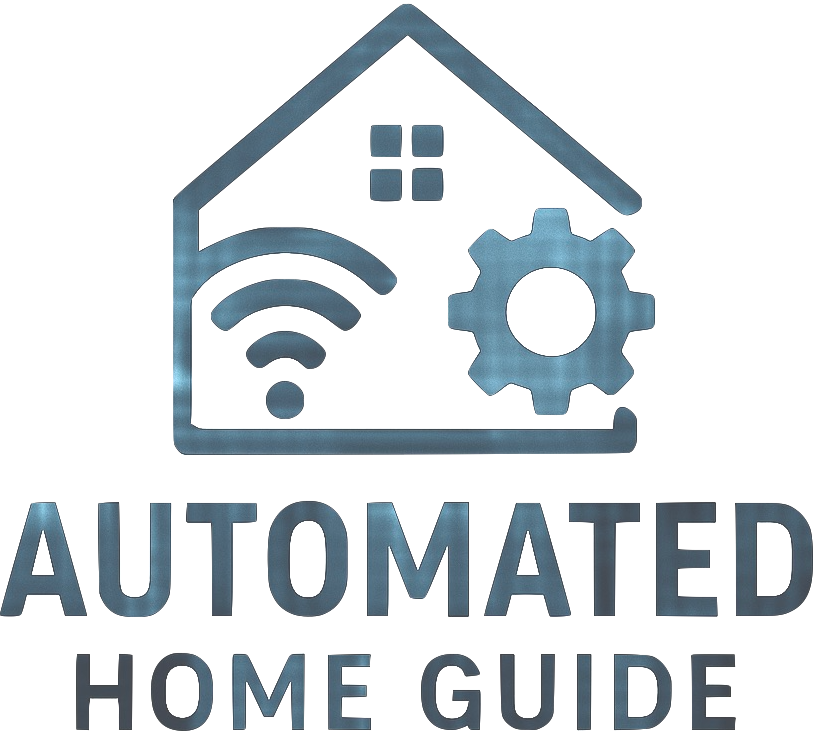
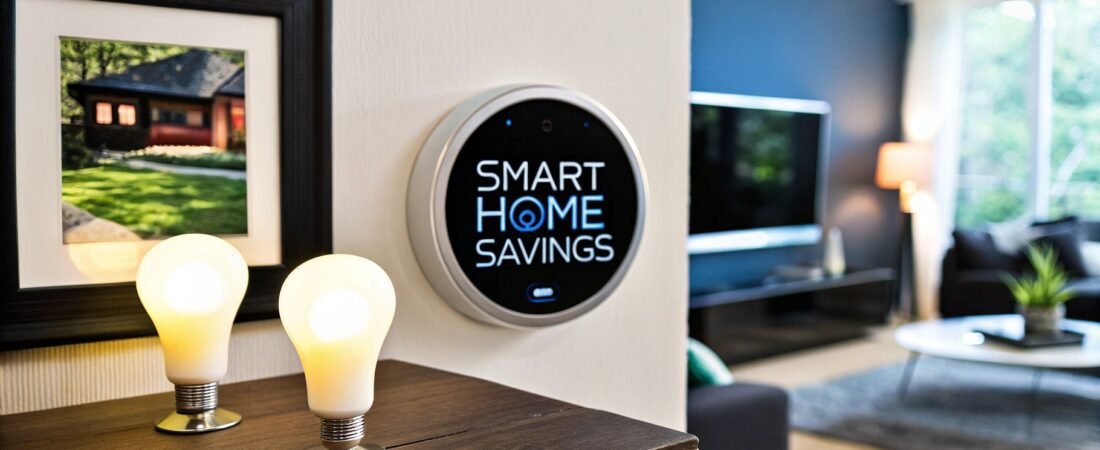
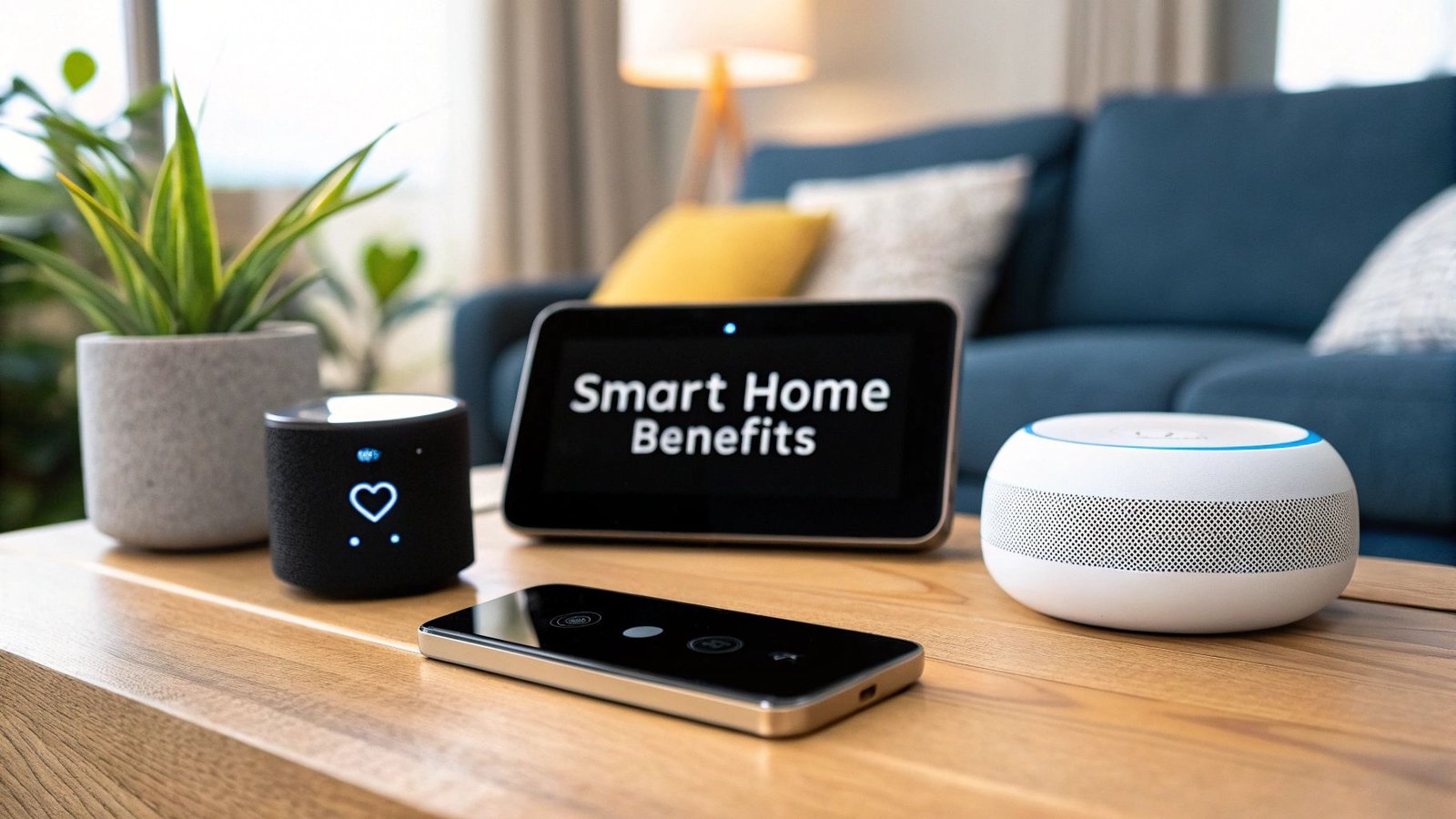
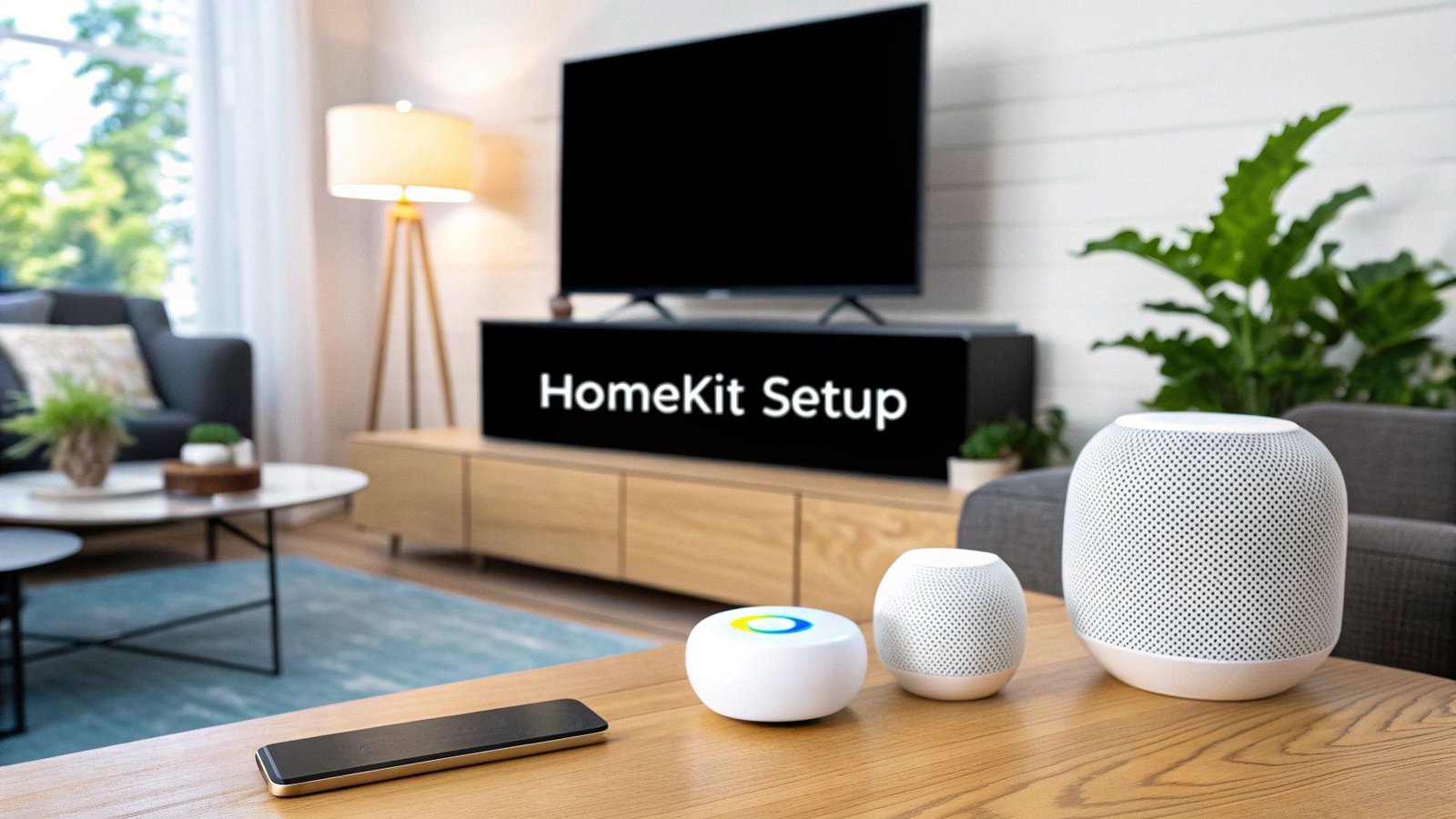
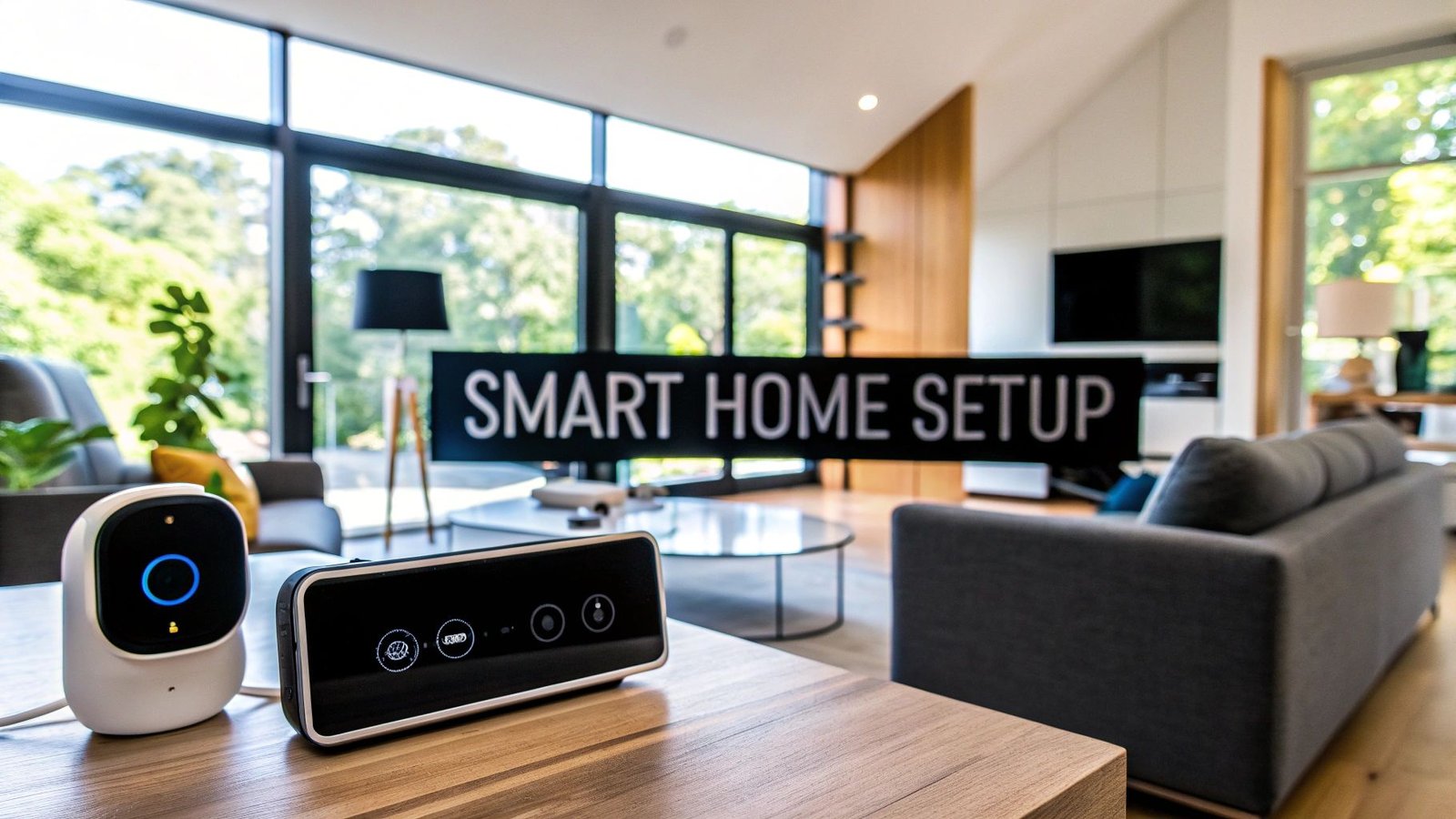
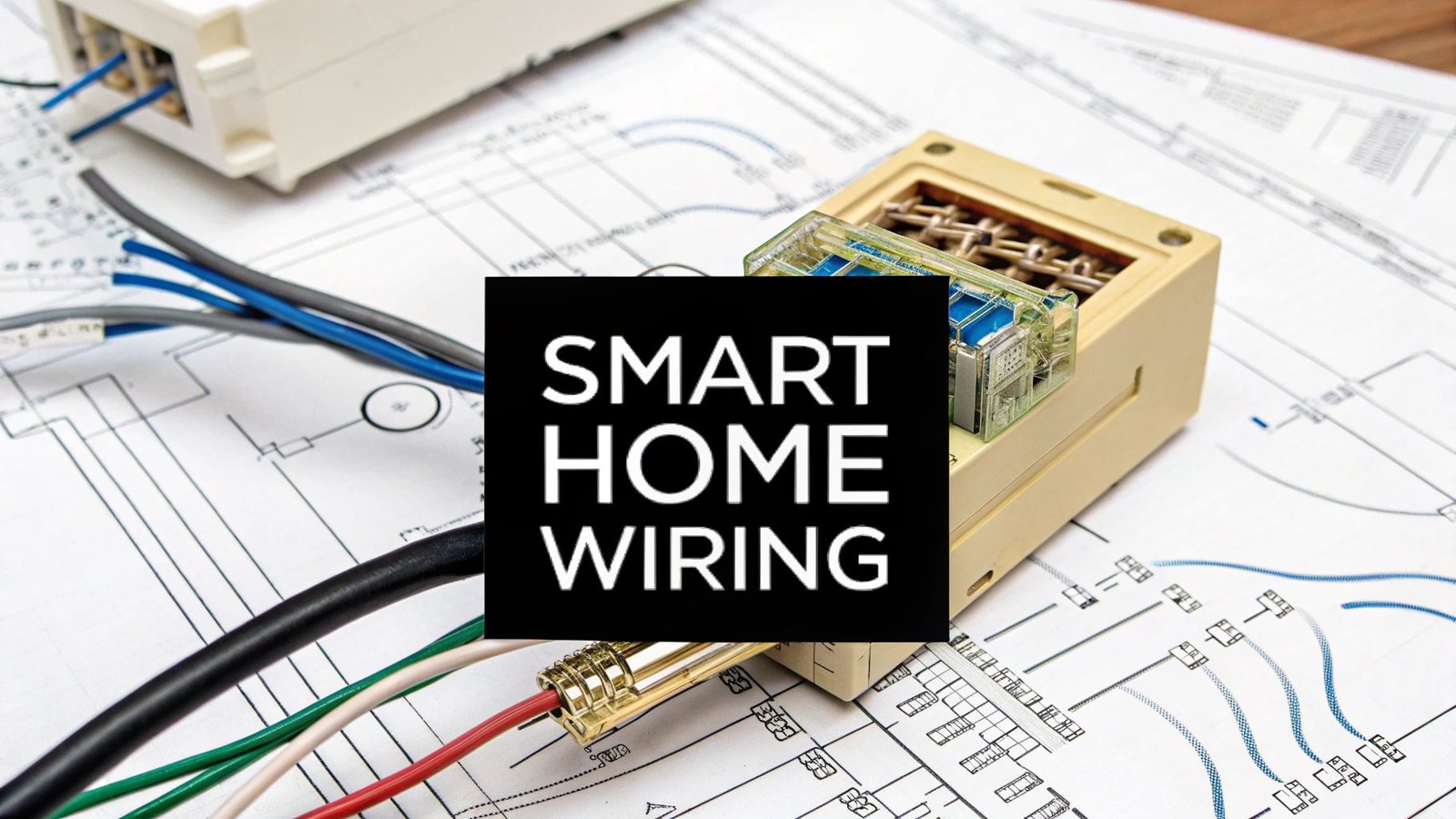
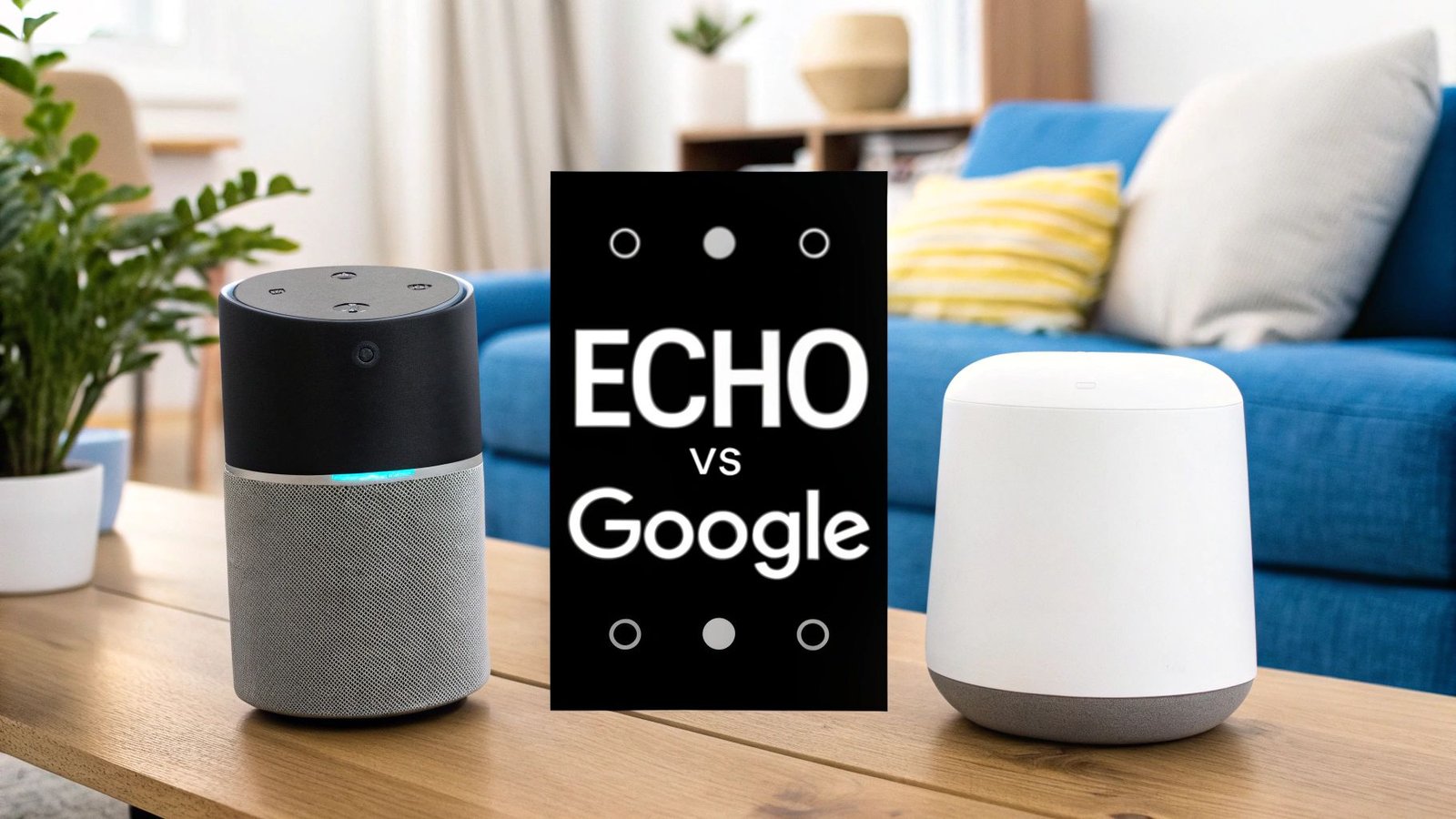
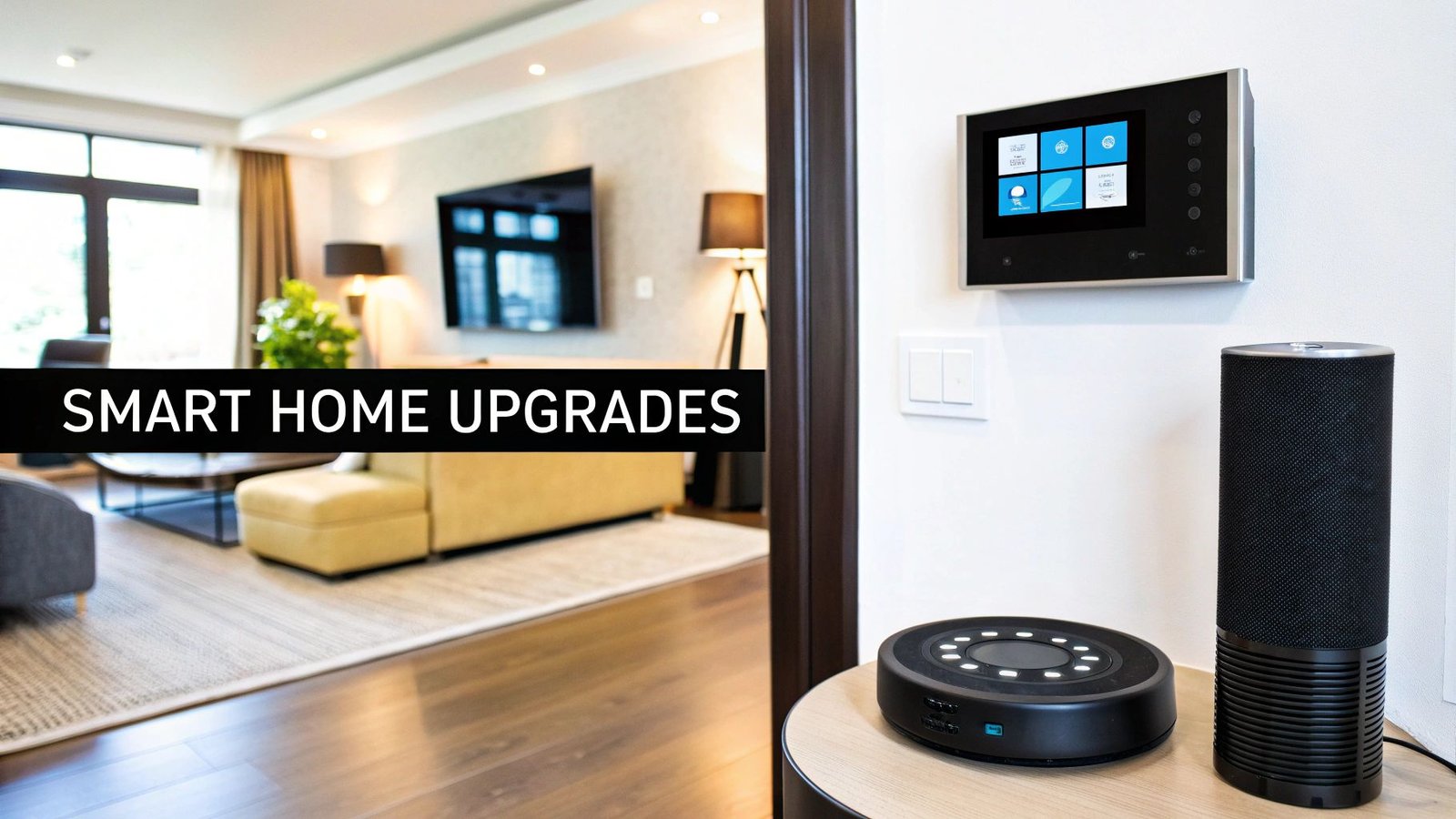
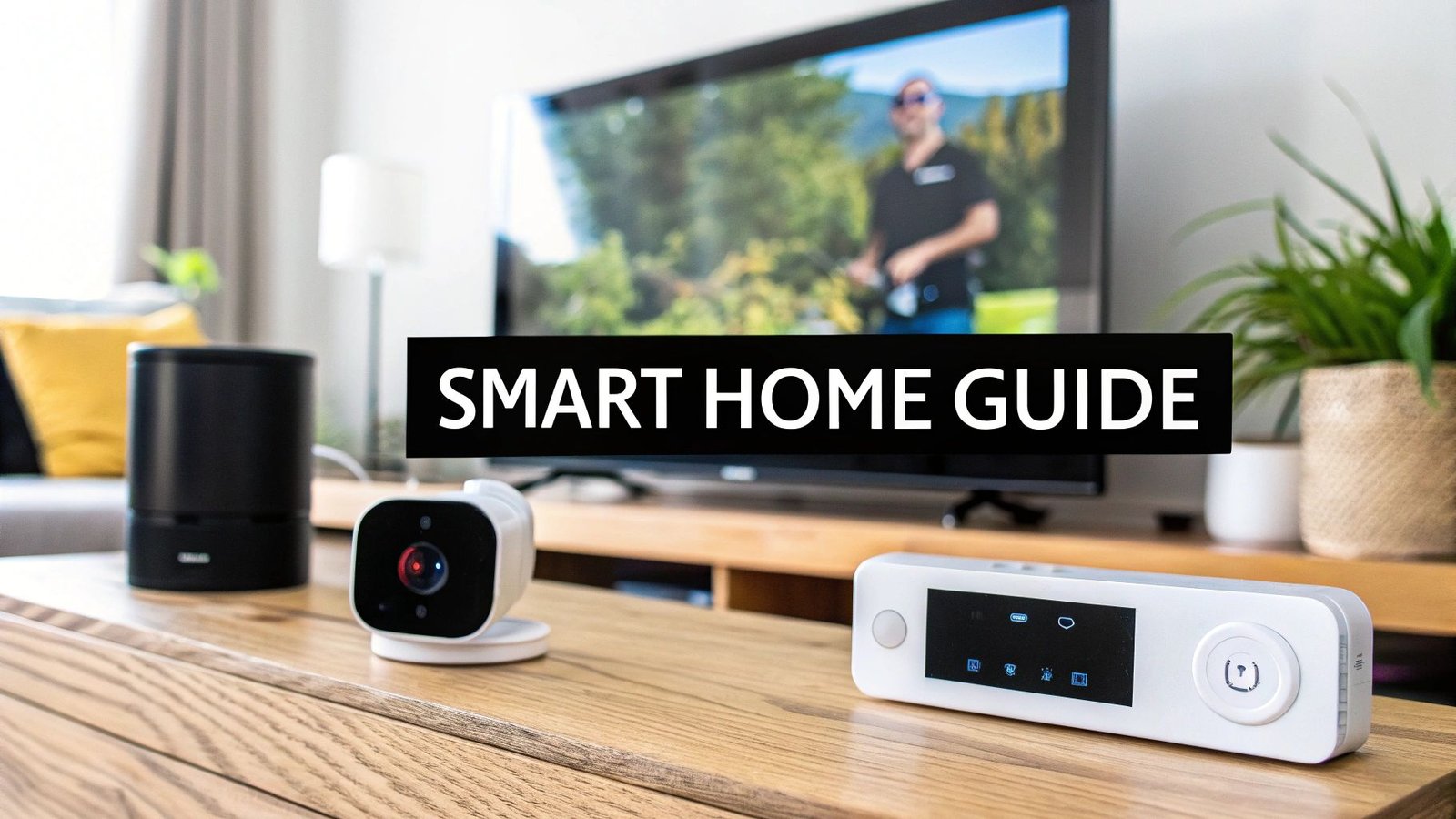
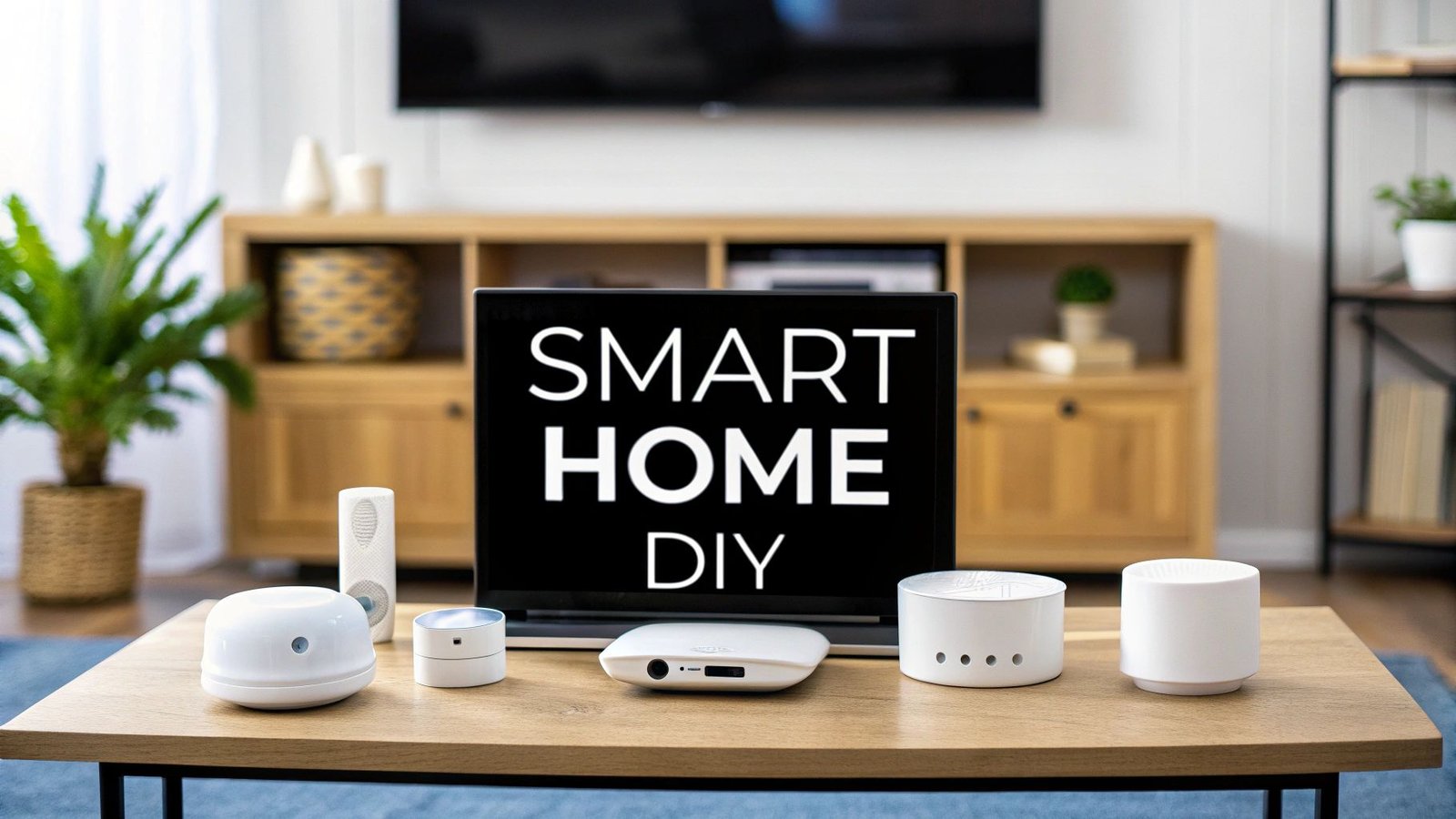
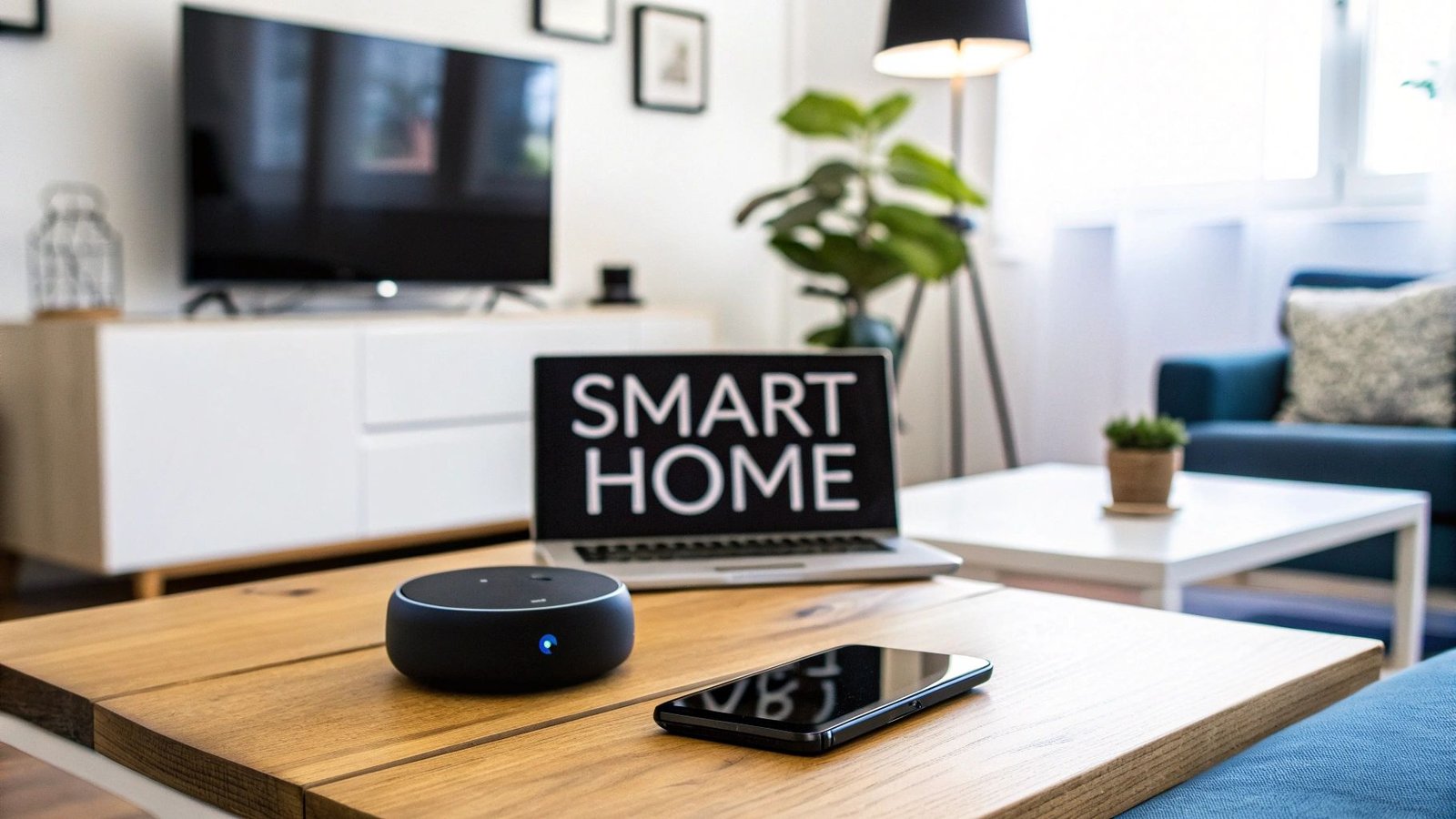
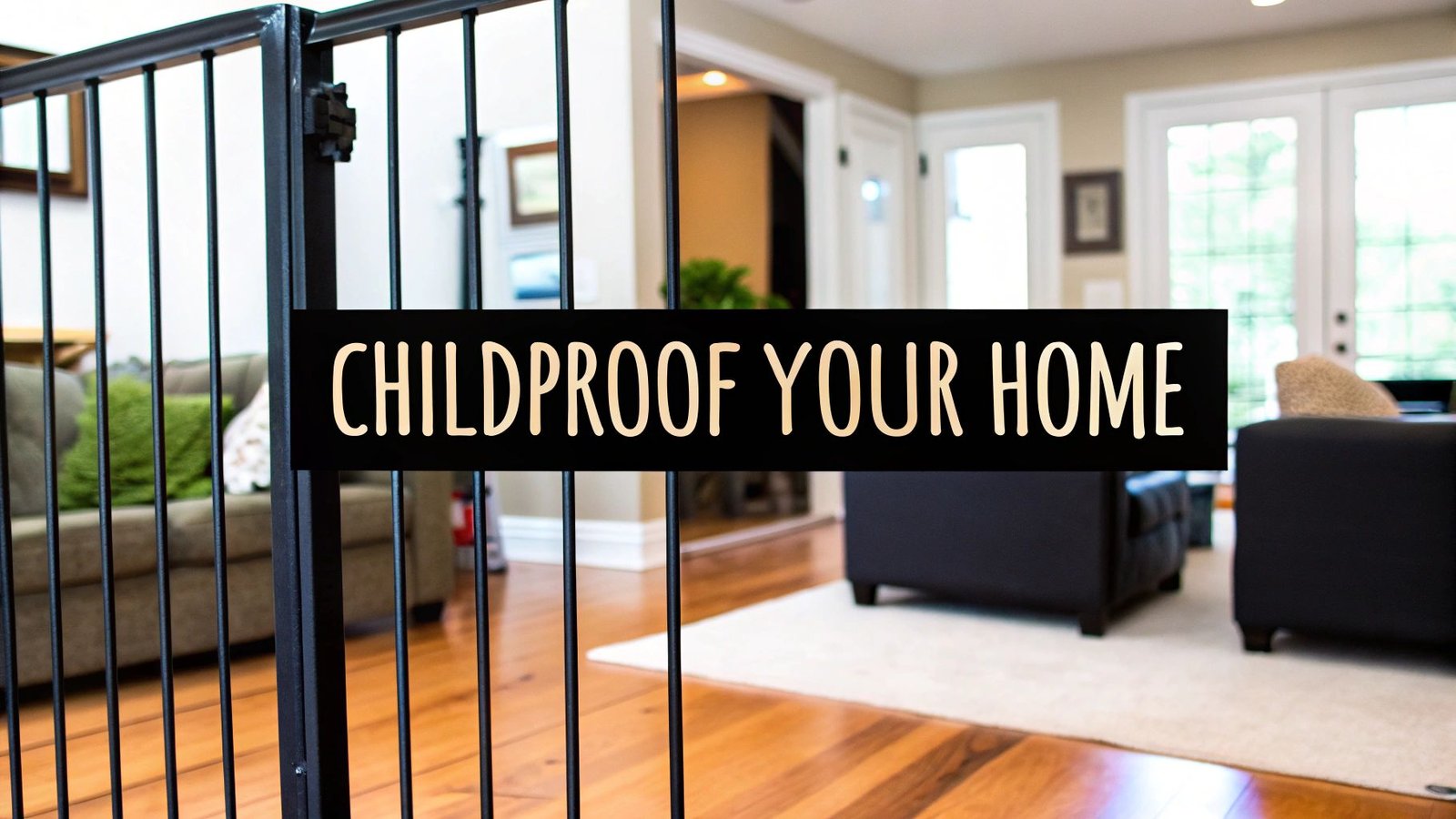
Leave a Reply